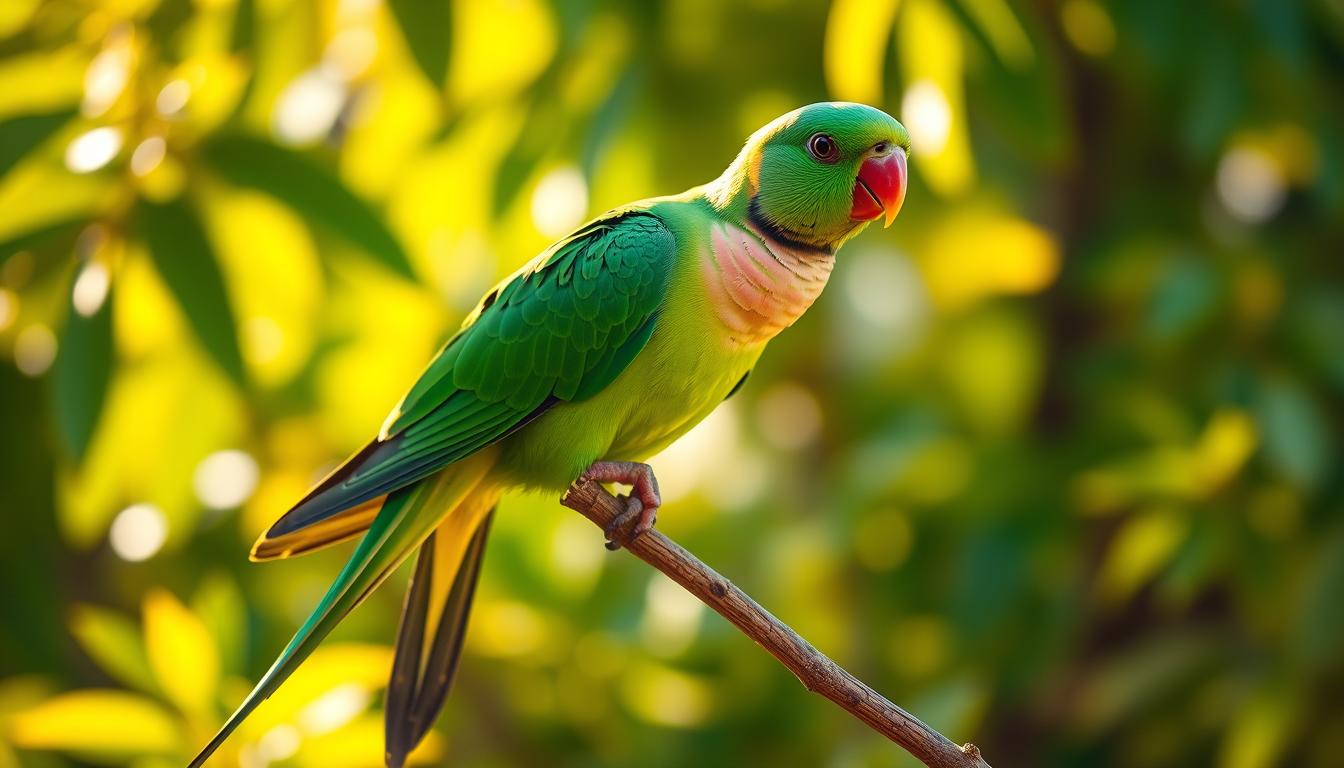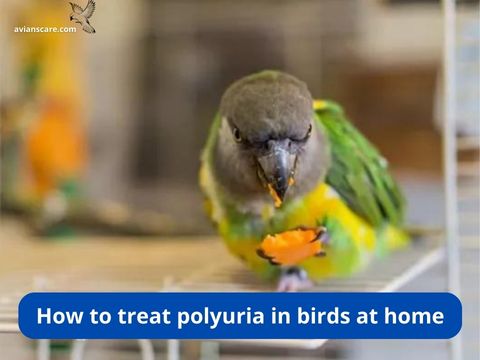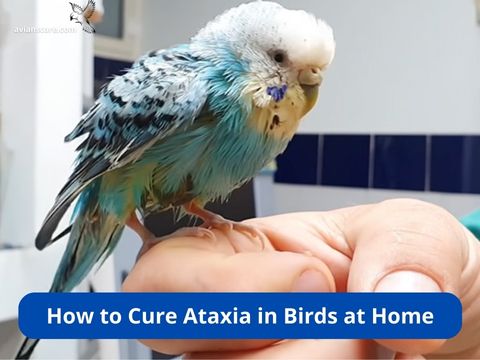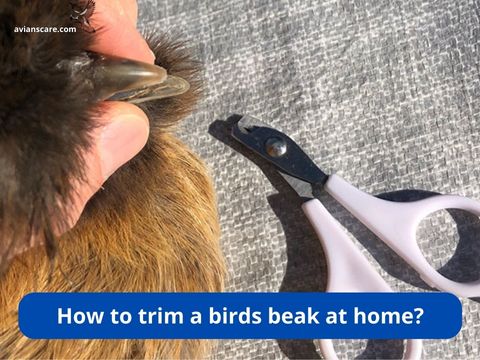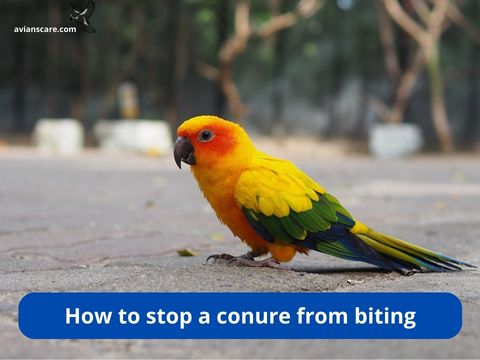Lifespan of Rose-Ringed Parakeet
The rose-ringed parakeet lifespan varies a lot. It depends on where they live and how well they are cared for. In a good home, they can live up to 25 to 30 years. But in the wild, their life is much shorter.
Knowing how long rose-ringed parakeets live is key for anyone thinking of getting one. It helps them make sure these birds have the best life possible. These parrots are not only beautiful but also very smart.
Introduction to Rose-Ringed Parakeets
The rose-ringed parakeet, also known as the ring-necked parakeet, has a bright green plumage. This makes it a favorite among bird lovers. The male’s colorful neck ring is one of its most striking parakeet characteristics.
Originally from Africa and South Asia, these birds have become popular pets in the U.S. They are known for being friendly and able to mimic human speech. This adds to their charm.
These parakeets need attention and interaction to be happy. They thrive when they have a caring owner and a lively environment. This makes them great companions.
Understanding the Lifespan of Rose-Ringed Parakeet
The lifespan of a rose-ringed parakeet can be quite long, ranging from 15 to 30 years. This varies based on several factors. These include breeding history, the quality of care, and the environment. Knowing these factors helps owners prepare for the long-term care of these birds.
Knowing the expected lifespan is key for bird owners. It helps them understand their pets’ needs over time. It’s important to watch for signs of aging, like changes in behavior or health. This shows when care needs to be adjusted.
Factors Affecting Lifespan in Captivity
Knowing what affects the life of rose-ringed parakeets in captivity is key to their happiness. Important factors include a good diet and nutrition, a nice environmental conditions, and easy healthcare and veterinary access.
Diet and Nutrition
A balanced diet for rose-ringed parakeets is vital for their health and long life. They love high-quality pellets, fresh fruits, and veggies. A bad diet can cause health problems like obesity, which can shorten their life.
Keeping an eye on parakeet nutrition is important. It helps owners give their birds the best food.
Environmental Conditions
The parakeet living conditions greatly affect their health and happiness. A big, clean, and interesting place to live is best. Things like good lighting, the right cage size, and friends can make their life better.
But, a small and dirty place can cause stress and health problems. This can shorten their life.
Healthcare and Veterinary Access
Regular health checks and easy veterinary care for parakeets are very important. Visits to an avian vet help with vaccinations and health care. This can stop diseases and help these birds live longer.
Factors Affecting Lifespan in the Wild
Rose-ringed parakeets face many challenges in the wild. These include dangers from predators, finding enough food, and losing their homes. Each of these factors greatly affects their survival.
Predation Risks
Predators like birds of prey, snakes, and big mammals threaten parakeets. This danger can cut their lifespan short to about 10-15 years. The exact time depends on where they live and the environment.
Food Availability
Finding enough to eat is key for parakeets’ health. In dry times or when their homes are disrupted, finding food gets harder. This can lead to malnutrition and weaken them.
Habitat Loss
Urban growth and deforestation harm parakeets’ homes. This loss means less food and places to nest. Such changes make them more vulnerable and shorten their lives.
Optimal Lifespan of Rose-Ringed Parakeet
Rose-ringed parakeets can live between 15 to 25 years with the right care. They do well when they get enough social time, good food, and mental challenges.
To live longer, several things are important:
- Diet and Nutrition: Eating a mix of fruits, veggies, and quality pellets keeps them healthy.
- Enriched Environment: Big cages with safe toys help them stay active and sharp.
- Healthcare Access: Seeing the vet often helps catch health problems early.
By focusing on these areas, they can live a long and happy life. They become wonderful friends for many years.
Comparing Lifespan in Different Species of Parakeets
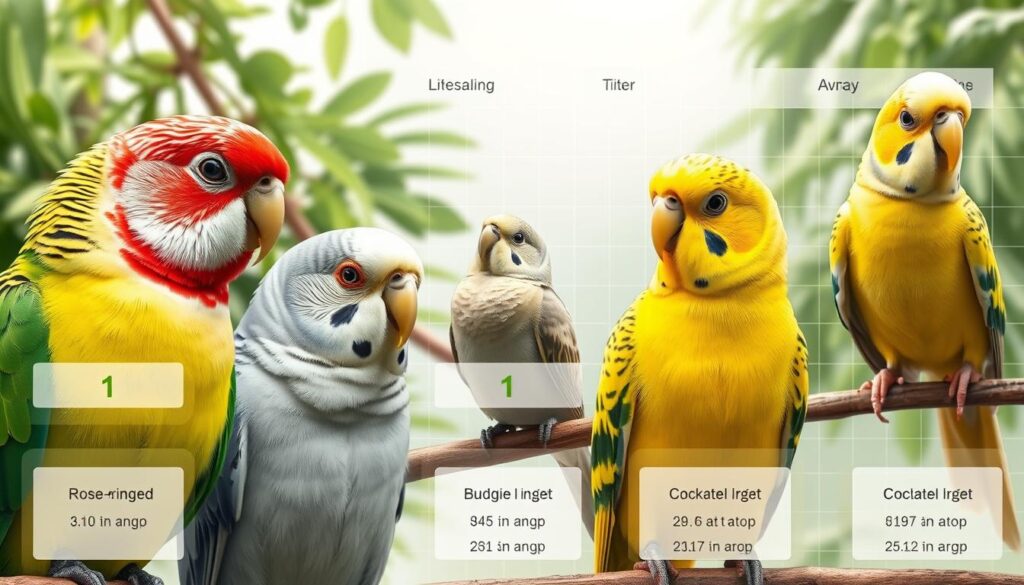
Rose-ringed parakeets are known for living a long time. They can live from 15 to 25 years in captivity. This makes them a favorite among bird lovers.
Budgerigars, or Budgies, live shorter lives, from 5 to 15 years. Lovebirds usually live about 10 to 15 years.
Knowing these differences is key for those thinking of getting a parakeet. Choosing a parakeet that fits your life is important. If you pick a rose-ringed parakeet, you’re in for a longer-term commitment.
Common Health Issues Affecting Lifespan
Rose-ringed parakeets face many health challenges that can shorten their lives. It’s important for owners to know about these issues. Problems like respiratory diseases, obesity, and pests need attention and care.
Respiratory Diseases
Parakeet respiratory issues often come from bad living conditions. Drafts or irritants can cause problems. Early signs need to be caught and treated.
Regular vet visits and a clean home are key. Keeping things clean helps prevent respiratory diseases. This helps these birds live longer and healthier lives.
Obesity
Obesity is a big problem in parakeets, caused by too much food and not enough exercise. It can lead to heart disease and diabetes. Owners must watch what they feed their birds and make sure they move around.
By balancing their diet and encouraging exercise, owners can help prevent obesity. This keeps their parakeets healthy and active.
Pest Infestations
Pests like mites and lice can harm parakeets. They cause discomfort and serious health issues if not treated. It’s vital to keep their home clean and pest-free.
Regular checks and effective pest control are necessary. This ensures parakeets stay healthy and free from pests.
Best Practices for Enhancing Lifespan in Captivity
Creating a stimulating environment is key for rose-ringed parakeets to live longer. Activities that keep them engaged are vital for their happiness. These activities help their minds and bodies stay healthy.
Enrichment Activities
There are many ways to enrich a parakeet’s life. You can try:
- Toys that promote interaction and problem-solving
- Foraging opportunities to encourage natural behaviors
- Different perches with varying textures and heights
These activities keep their minds active. It helps prevent boredom, which can harm their health.
Socialization and Companionship
Parakeets need lots of social interaction. They love being around humans and other birds. This interaction is key for their well-being.
- Reduced risk of stress and anxiety
- Improved mood and behavioral health
- Enhanced quality of life through social bonding
Without friends, parakeets can get depressed. So, it’s important to make sure they have company.
The Role of Genetics in Lifespan
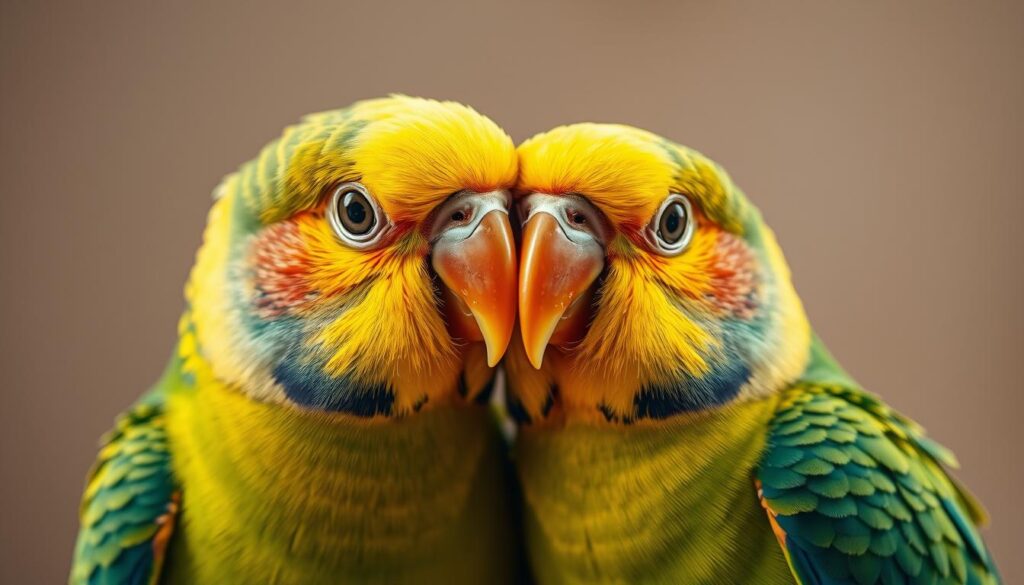
Genetics play a key role in the lifespan of rose-ringed parakeets. Different genetic factors in parakeets affect their health and how long they live. Some birds might have genes that help them fight off diseases better or handle stress well.
When picking birds for breeding, it’s vital for breeders to think about these heritable traits. Knowing the genetics of the parents can lead to healthier kids. This way, good traits can be passed on to future generations. By choosing the right genes, breeders can improve the quality of life and lifespan of their parakeets.
The Lifespan of Rose-Ringed Parakeet and Their Breeding
The way owners breed rose-ringed parakeets greatly affects their lifespan. Choosing the right breeding methods can lead to birds that live longer and healthier lives. When breeders focus on health and temperament, the birds they raise are better off.
Captive breeding offers a chance to make these birds live longer. By picking genetic lines that are strong, breeders can raise parakeets that look good and are healthy. This approach helps avoid genetic problems and keeps the birds full of energy.
It’s clear that ethical breeding is key. By understanding genetics and health, owners can help their parakeets live longer and happier lives. This makes a big difference in the birds’ well-being.
Living Space Requirements for Longevity
Adequate living space is key for the health and happiness of rose-ringed parakeets. The right cage size greatly affects their life quality. A bigger cage lets them exercise, explore, and socialize, all important for a long life.
Meeting their habitat needs makes them feel safe and comfy. It’s important to not overcrowd, as it can cause stress and aggression. Keeping their living area clean also helps prevent disease and keeps them comfortable.
Choosing the right cage size and meeting their habitat needs can extend a rose-ringed parakeet’s life. Making sure they have enough space is a big part of caring for them.
Monitoring Lifespan Indicators
Regular health checks are key for rose-ringed parakeets. Owners should watch for important signs to keep their birds healthy. These signs help spot any health problems early on.
- Weight management: Changes in weight can mean health issues.
- Activity levels: Less movement or play could mean illness or tiredness.
- Feather condition: Bright, healthy feathers are a good sign. Dull or missing feathers might mean trouble.
Keeping an eye on these signs helps owners act fast when needed. This approach improves their parakeets’ lives and might even add years to their time together.
Conclusion
Knowing how long rose-ringed parakeets live is key for bird lovers. Proper care, like the right diet and health checks, can help them live longer and happier lives. A good home environment not only helps them live longer but also strengthens the bond between the bird and its owner.
It’s also important to know how to care for them in both homes and the wild. Knowing about health issues and keeping them happy and active is vital. This article has shown how important it is to care for these birds well.
By really understanding how to care for rose-ringed parakeets, they can live long and happy lives. With the right care, owners can enjoy many years with their parakeets. This brings joy to both the owner and the bird.

